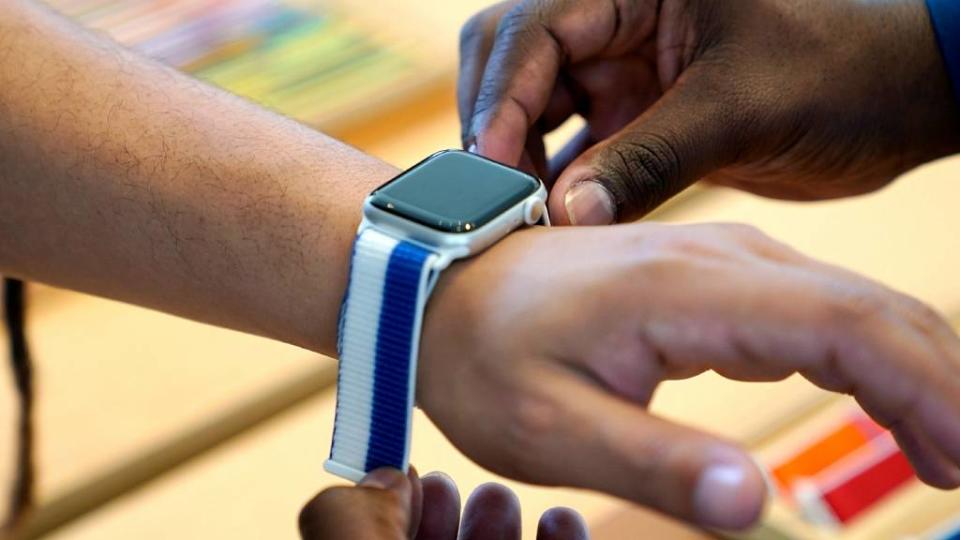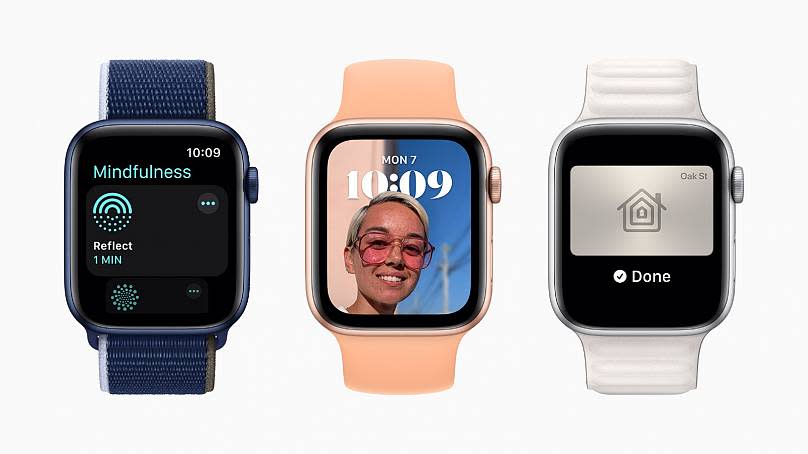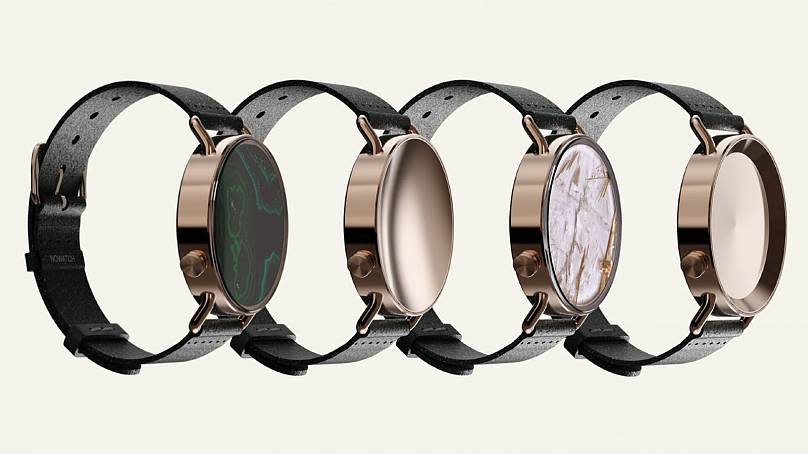The latest in wearable health tech: Monitoring fever, stress and nightmares

Let’s face it – wearable health technology has come a long way since the days of clip-on step trackers.
Demand for wearable health and wellness technology is now booming, with the pandemic highlighting the value of such devices for monitoring indicators like blood oxygen saturation and heart rate.
Professional services firm Deloitte predicts that this year, 320 million consumer health and wellness wearable devices will ship worldwide, and by 2024, that figure will likely reach nearly 440 million.
From a smartwatch that can monitor stress to an app that nudges sleepers out of nightmares, here’s a look at the latest trends in wearable health technology.
1. The Apple Watch might soon be able to tell if you have a fever
It can monitor your heart rate, detect a fall, and flash up critical medical information if you’re taken to the emergency room – and soon, the Apple Watch may even be able to tell whether you’re running a fever.
That’s according to Bloomberg’s Mark Gurman, who is predicting some new health-tracking features for this year’s Apple Watch.
Gurman previously reported that Apple has been aiming to add body-temperature detection to its Series 8 model, and now believes that the feature will go ahead for both the standard Apple Watch Series 8 as well as a new edition aimed at extreme sports athletes.
Unlike a regular thermometer, the new feature will not give a specific reading, Gurman reports.
However, it should be able to tell if it thinks you have a fever, and could then recommend talking to your doctor or taking your temperature with an actual thermometer.

2. Track symptoms of Parkinson’s disease with your smartwatch
Sticking with the Apple Watch, users who have Parkinson’s disease could soon be able to track their symptoms through their watch, following the US Food and Drug Administration’s decision last month to grant clearance to special monitoring software.
The app, called StrivePD, is built by precision neurology company Rune Labs.
It draws data directly from Apple's Movement Disorder API (Application Programming Interface), which allows for the measuring and recording of tremors and dyskinetic symptoms common in patients with Parkinson's disease.
The intention is to make it easy for people with Parkinson's to track and log their symptoms, enabling patients to have more control over their care, says Rune Labs.

3. NightWare nudges PTSD-sufferers out of nightmares
NightWare is also an app for the Apple Watch but a prescription-only health technology aimed at alleviating the suffering of those who have post-traumatic stress disorder (PTSD).
Designed to be worn while the user is sleeping, it aims to detect when the wearer is having a nightmare, and then nudge them out of it without interrupting their sleep.
NightWare uses sensors on the Apple Watch to monitor the wearer’s body movement and heart rate while they’re asleep, using this to create a baseline sleep profile.
When the software detects that the user is experiencing a nightmare based on its analysis of heart rate and body movement, the device gently vibrates to interrupt nightmares without waking the user.

3. Nowatch tells you if you’re getting stressed out
Marketed as the “world’s first Awareable”, this smartwatch from health tech company Nowatch uses hi-tech sensors to monitor your cortisol levels and predict stress.
Developed in partnership with electronics company Philips, the device measures electrodermal activity (EDA) to track changes in your sweat glands and nervous system.
An algorithm analyses the data and alerts the wearer via “a subtle vibration” that they should try to relax.
In addition to cortisol levels, it can also measure and track your temperature, heart rate, movement and blood oxygen levels.
And it doesn’t bring yet another screen into your life – instead, it sports an interchangeable gemstone face.
The company last month announced the completion of an $8.7 million (€8.5 million) Series A funding round.

 Yahoo News
Yahoo News 


